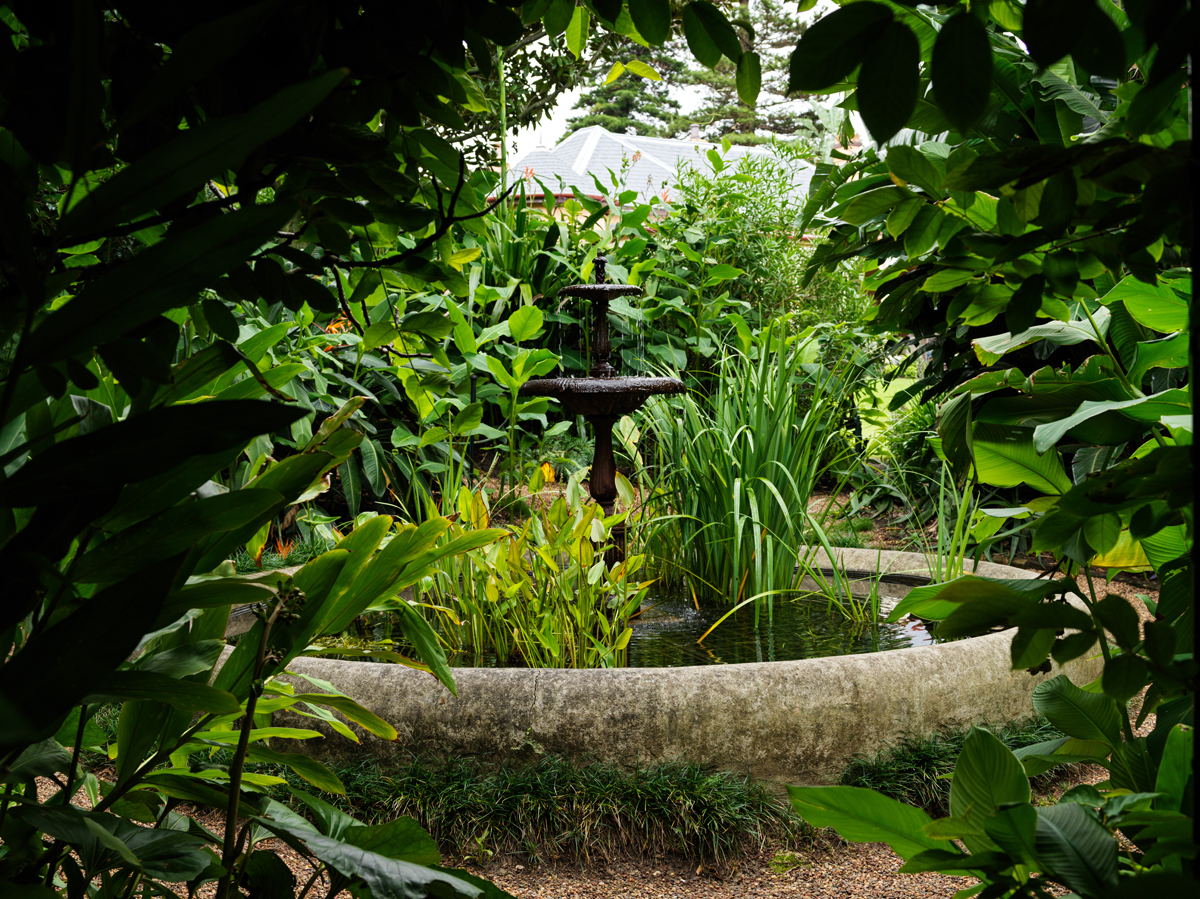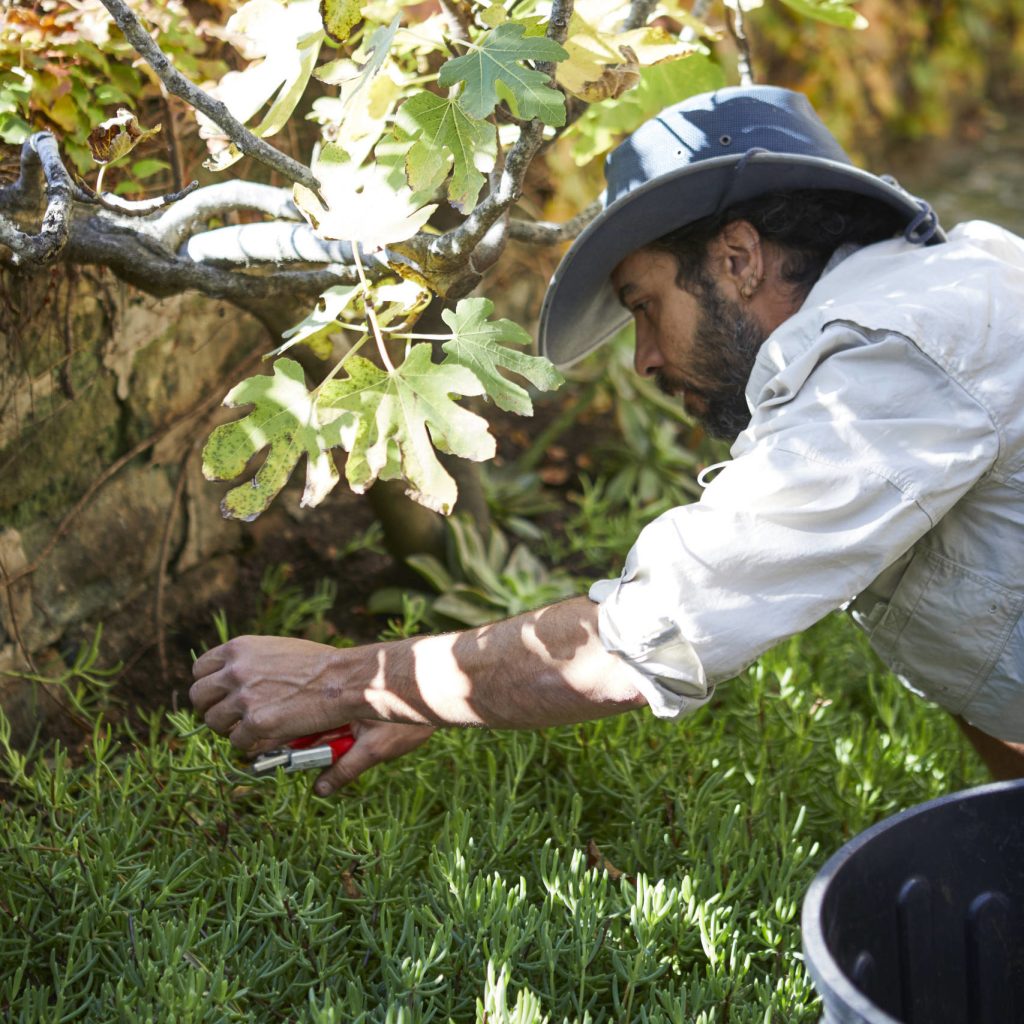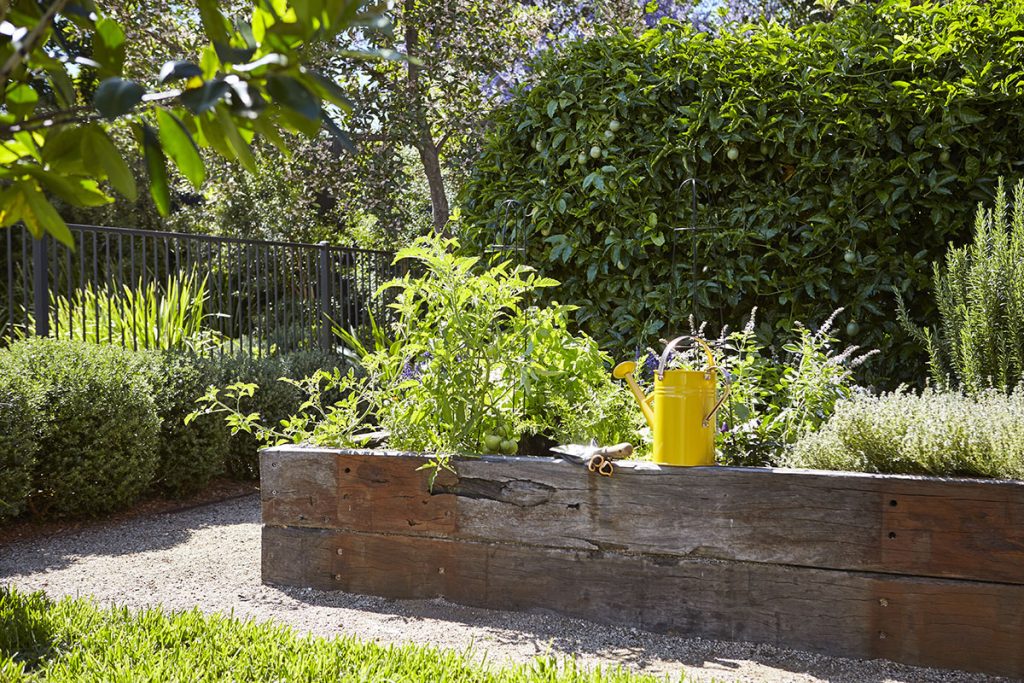The months of heavy rain are definitely taking a toll on gardens right across Sydney, and it looks set to continue for a while yet. So what does this mean for your garden and how can you help it to survive over the winter?
Pepo horticulturists Scott Bray and Nick Hall share everything you need to know.
Reduce traffic
Where possible, stay out of your garden and off any turf when it’s super wet. Any traffic will compact wet soil, which can then cause plants to suffer. This is primarily because you are closing any air gaps in the soil, with certain plants in particular needing loose soil for air circulation as well as water distribution and drainage.
Watch for weed spread
During heavy rain there is more potential for weed spread as water from offsite can run onto your property and bring seeds and spores with it, washing into your garden and promoting weed growth. With less to maintain across your garden over winter, now is a good time to get on top of weeds ahead of spring growth.
Turn off irrigation
While it’s often a good idea to adjust irrigation programming with the changing of seasons, we advise that you turn off irrigation completely until there’s a period of no rain. This is especially important for lawns, but across gardens in general, with the cooler weather making it harder for everything to dry out.
Prune in dry weather with clean tools
When cutting or pruning plants, it’s like creating a wound on the plant, so you want to make sure you’re pruning on dry days. This gives your plants the best chance of healing strongly. Similarly, you want to make sure that any pruning or cutting tools are clean and in good condition, without rust, to avoid introducing any bacteria.
Seasonal pruning
Rain aside, winter is generally a good time for seasonal pruning. Certain plants need to be cut back each year, and winter offers a period of slow growth. Pruning at this time will also encourage faster growth as we come into spring. Be mindful not to leave it until too late in winter though, as you can be in danger of cutting off a plant’s buds in early spring which will then prevent flowers from growing. Examples of plants where this is required include wisteria and roses. We do advise that you leave this to the experts though, who know what to look for, exactly how much to prune, where and when.
Fertilising and soil improvement
Given the slower growth during the colder months, it’s also a good time for fertilising and soil improvement. Rain throughout spring and summer has led to nutritional deficiency in Sydney’s soil, so we recommend using a good, general-purpose granular fertiliser.
Aerate and top dress turf
Coming to the end of winter, you want to aerate and top dress any turf so that it comes through healthily in spring. Mid to late winter is a good time to do this so that spring growth is healthy and green. Make sure to do this when it’s not raining though, as turf can become waterlogged.



